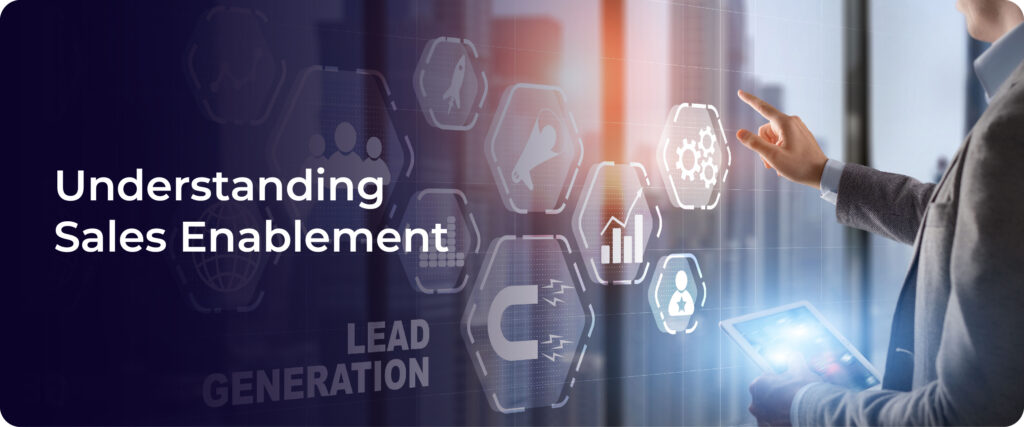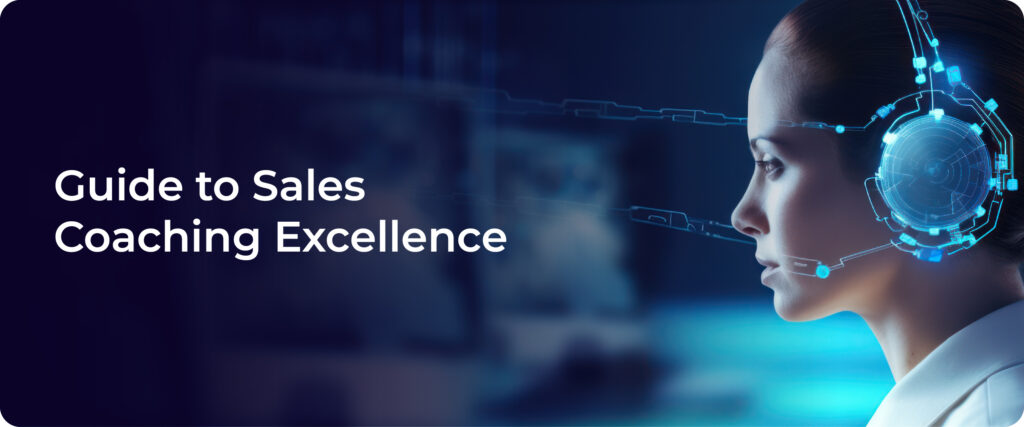Sales is more than just numbers; it’s about understanding performance. That’s where a sales conversion rate calculator comes in. Every business has its own rhythm, but the goal is always the same: to grow and improve. Whether you’re a seasoned pro or just starting out, there’s always room to fine-tune your strategy and get better results.
Let’s dive in! Below mentioned is the list of contents
List of Contents
- What is a Sales Conversion Rate?
- How to Calculate Sales Conversion Rate
- Understanding Average Conversion Rates
- How AI Tools Like ConvoZen.AI Transform Conversion Rates
- Results from Improved Sales Conversion Rates
- Measuring and Tracking Success
- Wrapping Things Up
- Frequently Asked Questions
What is a Sales Conversion Rate?
Sales conversion rate tracks the percentage of leads or prospects that become paying customers. It is a key metric that helps businesses understand how effectively the sales efforts work.
Tracking conversion rates helps identify strengths and weaknesses in the sales process, allowing you to focus on what is driving the results. By understanding this metric, you can make informed decisions to optimize your strategies and boost revenue.
How to Calculate Sales Conversion Rate?
The formula for the sales conversion rate is the following:
Lead-to-sale conversion rate and sales pipeline conversion rates are two key metrics under the broader category of sales conversion metrics because they provide crucial insights into the efficiency of the sales process. Here is why they matter:
- Lead-to-sales conversion rate
It shows how effectively leads are being turned into paying customers, reflecting the overall success of your sales process.
- Sales pipeline conversion rate
It provides deeper insights by measuring conversions at each stage of the sales journey, helping identify bottlenecks and areas for improvement.
Understanding Average Conversion Rates
Average conversion rates vary by each industry, with benchmarks providing a reference point for sales performance. For example, e-commerce typically sees a conversion rate of around 1.84%, education at 2.23%, and finance tends to perform better at 5.01%.
A good conversion rate depends on the industry, but generally, 2.9% is considered average across all sectors. Top-performing businesses, however, can achieve conversion rates of 5.31% or higher, indicating that with the right strategies, substantial improvements are possible.
How AI Tools Like ConvoZen.AI Transform Conversion Rates
AI-powered sales optimization uses advanced tech like machine learning and predictive analysis to improve conversion rates by automating processes and providing deeper insights.
ConvoZen.AI offers key features such as intelligent lead scoring, personalized outreach, and real-time behavior analysis, helping the sales team identify and prioritize high-value leads. By streamlining follow-ups and tailoring interactions to individual needs, businesses can significantly enhance engagement and conversion rates.
Results from Improved Sales Conversion Rates
Boosting your sales conversion rates can transform your entire sales process, delivering measurable results across key areas. From smarter decision-making to enhanced lead quality, seamless pipeline management, and improved customer engagement, the benefits are both strategic and operational.
- Smarter decisions backed by data
When you track and analyze conversion rates, you gain actionable insights into what is working and what isn’t. This data-driven approach helps you allocate resources effectively and refine your strategies for better outcomes.
- Better leads
Focusing on quality over quantity ensures your team spends more time on prospects with a higher chance of converting. This not only improves efficiency but also boosts overall sales performance.
- Seamless pipeline management
Improved conversion rates streamline your sales pipeline by reducing drop-offs and ensuring smoother transitions between stages. This results in a more organized process and higher close rates.
- Increased customer engagement through AI
AI tools personalize customer interactions, making each conversation more relevant and impactful. This enhanced engagement builds trust and significantly improves the likelihood of closing deals.
Measuring and Tracking Success
To improve sales conversation rates, it’s crucial to measure and track your success consistently. By focusing on essential KPIs, leveraging tools and analytics platforms, and integrating with solutions like ConvoZen.AI, businesses can gain deeper insights and refine their strategies for better results.
- Essential KPIs
Key performance indicators like lead-to-sale conversion rate, sales pipeline conversion rates, and customer acquisition cost help monitor progress. Tracking these metrics ensures you stay aligned with your goals and identify areas needing improvement.
- Tools and Analytics Platforms
Platforms like Google Analytics, Salesforce, or HubSpot provide actionable data to evaluate performance. These tools offer detailed reporting, helping teams make informed decisions to optimize sales efforts.
- Integration with ConvoZen.AI
Integrating ConvoZen.AI allows for real-time tracking, personalized recommendations, and predictive insights. It simplifies monitoring by combining AI-powered analytics with intuitive dashboards, boosting efficiency and accuracy.
Wrapping Things Up
Understanding and improving your sales conversion rate is essential for driving business success. By calculating and tracking key metrics like lead-to-sale conversion rates and sales pipeline conversion rates, you can pinpoint areas for growth and optimize your sales process.
Industry benchmarks provide a useful guide for setting realistic goals, while AI tools like ConvoZen.AI empower businesses to achieve top-tier performance with data-driven strategies. Improved conversion rates lead to better decision-making, stronger customer engagement, and streamlined pipelines, all contributing to increased revenue.
Start focusing on these strategies today to unlock the full potential of your sales efforts. Sign up for a demo now to see how our tools can help you calculate and enhance your conversion rate!
Frequently Asked Questions (FAQs)
- What is a good sales conversion rate?
A good sales conversion rate varies by industry, but the average falls around 2.35%, with top performers achieving 5% and higher through optimized strategies.
- How can AI improve sales conversion rates?
AI enhances conversion rates by automating lead scoring, personalizing customer interactions, and providing predictive insights to prioritize high-value opportunities.
- What factors affect conversion rates?
Key factors include lead quality, sales process efficiency, customer engagement strategies, industry benchmarks, and the effectiveness of follow-ups.
- How often should I measure conversion rates?
You should measure conversion rates regularly—weekly or monthly—to monitor trends, evaluate strategies, and adjust your sales approach as needed./
Unleash Your Contact Center’s Potential Today! 👉 Get Started with Automated Quality Management and Elevate Customer Experience. Schedule a Demo Now!


